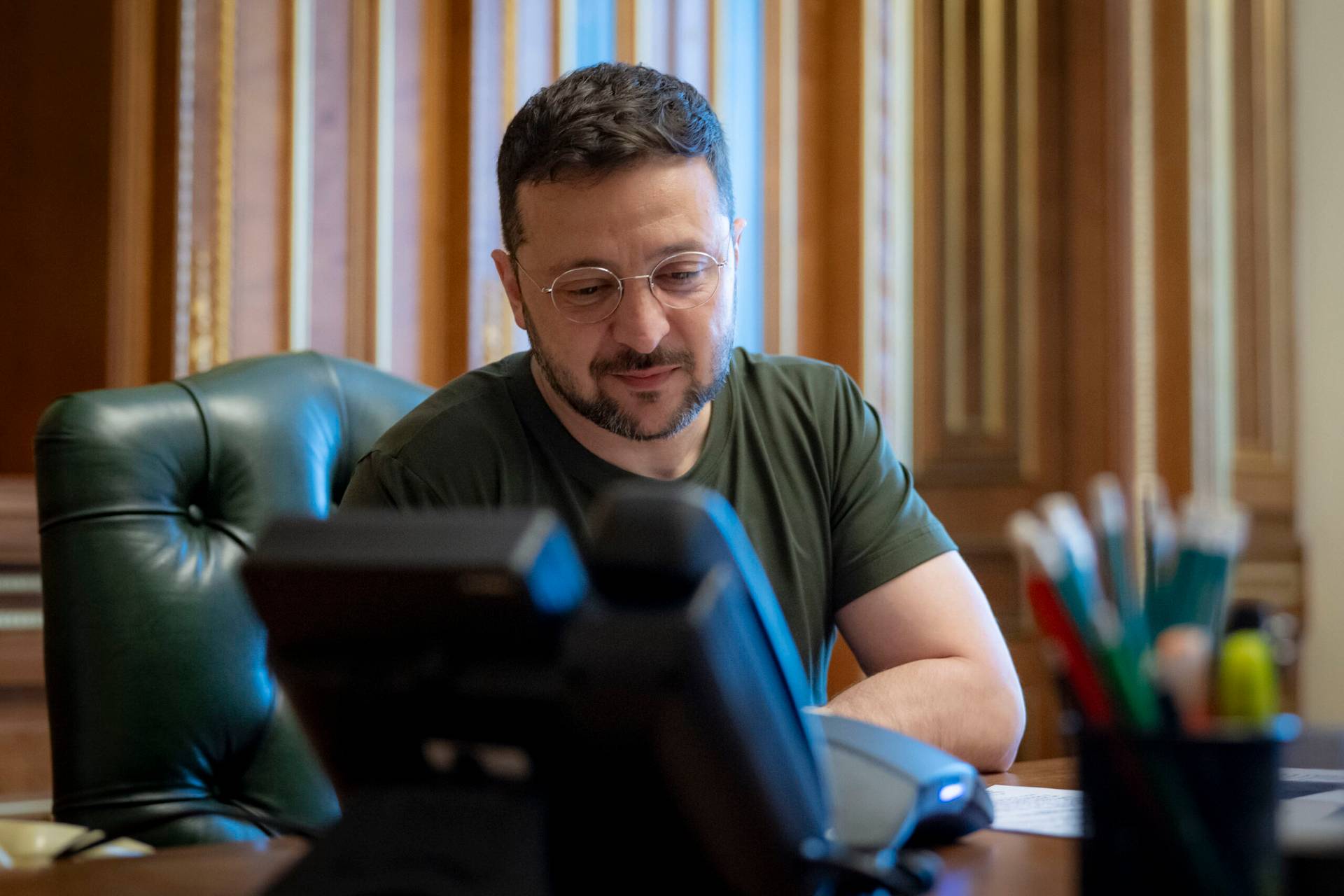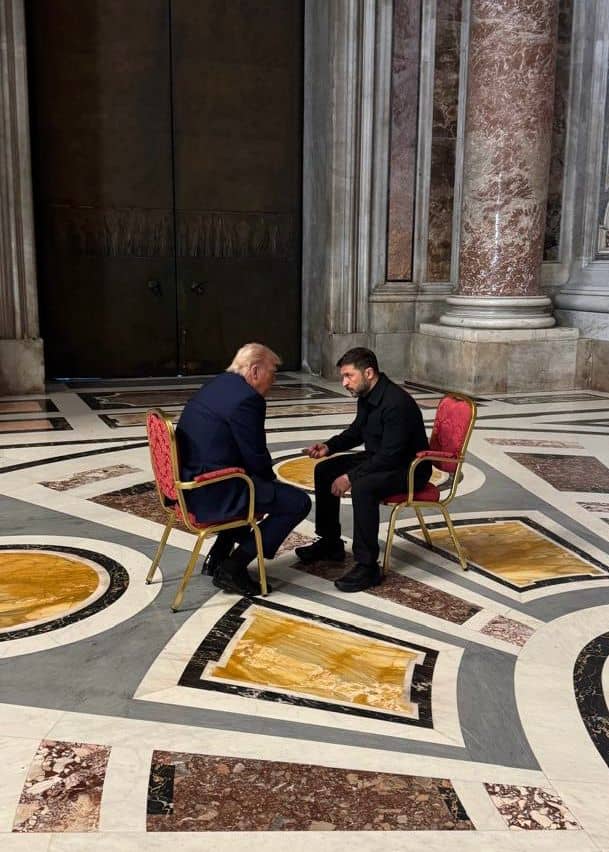St. Catherine’s Cathedral in Utrecht, which dates from 1560 and is the main seat of Dutch Cardinal Willem Eijk, served mother church of the diocese since 1853, when the Catholic hierarchy in the Protestant Netherlands was restored after a centuries-long interruption.
In May 2018, the parish board released plans to close and sell the church, asserting the high cost of maintenance can no longer be borne by the parish. The parish also runs St. Augustine Church in the center of the city, and decided to use it instead, since it is less expensive to maintain.
The parish board spoke to the Museum Catharijneconvent about possibly selling the church to the nearby museum for a symbolic amount of 1 euro.
However, Eijk would have had to give his consent to the deal, as would have the Vatican; but it won’t come to that, since on March 2, it was announced he cardinal had decided against the proposal.
The question that remains however, for parishioners and parish board alike, is: What happens now?
The parish board has been asked by Eijk to start raising extra funds to help create a more vital Catholic community around the cathedral.
“How are we going to create this vital community and what do we need to accomplish this? Those are the questions we will try to answer in the coming period,” said Riet Blom, vice-president of the parish board. “Up until now there was no such thing as a vital community there.”
According to her, that was exactly the reason why the parish board had advised to close the cathedral. She is disappointed the archdiocese overturned the board’s decision, but said, “The interests of the catholic community in Utrecht are what’s most important.”
No reaction from the archdiocese
When asked to comment on the decision of the cardinal, an archdiocesan spokesman lets Katholiek Nieuwsblad know that the archdiocese will not offer any further comment. He directed all questions to the parish board, which said in its official statement that one of the reasons the cardinal decided against closing the cathedral was “because broad consensus for its closure (followed by the transfer of the seat of the archbishop) appeared to be lacking.”
The cardinal came to his decision by weighing “the objections coming from inside and outside the parish” and especially by looking at “the supra-regional significance of the St. Catharine’s Cathedral for the Netherlands as a whole, being the metropolitan seat.”
Online petition
With this latter statement, the parish board seemed to refer to the online petition launched last year by concerned parishioners. Their plea to keep the cathedral open was signed by 1,800 people.
However, the secretary of the board, Frans Joosten, doubted the petition had a major impact on the eventual outcome.
“750 people signed the petition anonymously and 300 of them came from Poland. Only a few hundred of the parishioners in Utrecht signed the petition. It cannot be possible that a petition like that is able to sweep aside a solid decision of this kind,” Blom said.
Blom added that “the subsequent turmoil amongst the parishioners will have had its influence as well. We will now look at the case again.”
The spokesman of the action committee in favor of keeping the cathedral open, Pim Walenkamp, said he was positively surprised by Eijk’s decision. According to Walenkamp, the cardinal wasn’t averse to selling the church to the nearby Museum Catharijneconvent, a former convent.
“In this case he chose to listen to the thousands of objections from people who had other ideas. Well done.”
Vitality
At the core of the disagreement between the parish board and the parishioners is the question of the vitality of the faith community around the cathedral. The parish board did a research survey and came to the conclusion that there is a more vital community around the Augustinus church. The parishioners do not agree with this conclusion and have never seen the report, said Walenkamp. And in spite of repeated requests, Katholiek Nieuwsblad was not allowed to see it, either.
According to Joosten, this has to do with the fact that it’s “an internal document, meant to provide guidance to the parish board formulating its policy. It’s not meant as a document to randomly quote from at every opportunity.”
Joosten said that the research was conducted, based “on a forecast from Kaski (the Dutch institute for research on religion and culture) for the years 2015-2020 and on research conducted by the steering committee on every location into the vitality, the state of the buildings, the exploitation, etc. The steering committee used a template, with around thirty areas of attention, used also by the other dioceses and therefore applicable to the whole country.”
Walenkamp said he knows what the template looks like. However, he said: “In every diocese other criteria may apply. Moreover, we’re not talking about an ordinary parish church, but about a metropolitan cathedral. The archbishop himself has mentioned the supra-regional significance of this church.”
The communications officer of the parish website, Erik Hendrix, can reveal one or two things about the research report. According to him, the most recent figures (2015) show that of all 30,000 registered parishioners of the inner-city parishes, around 1,100 attend Mass on a regular basis. The three-parish cluster of the inner city has 1,165 volunteers in total.
“Most parishioners are in the 60-80 age category,” Hendriks said. “A few hundred of them are my age, so thirty-somethings, who will have to bear the financial burden in the future.”
As a young Catholic, he fears for the future of Catholic Utrecht. “People are happy that the cathedral will remain open, but if it goes bankrupt, we are left with nothing.”
Financial situation
Hendrix raised the second point of the discussion surrounding the cathedral: The financial situation of the church, which was one of the reasons to opt for its closure. According to the parish board, the three cooperating parishes – who are in the process of becoming one parish – have an annual budget deficit of more than $450,000. The largest components of these costs are “buildings and wages.” The parish board therefore concluded that it wasn’t possible to keep both churches in the center of Utrecht (the cathedral and the Augustinus church) open. According to the parishioners, however, the budget deficit is around $50,000, with an equity of almost $6 million dollars.
The members of the action committee were never allowed to take part in the discussions about the research on the vitality of the community. The parish board has referred to a steering group, but according to Walenkamp there was only a steering group in 2016, to which only a few selected people were invited to take part. The head of this group was the former parish priest, Father Ton Huitink: “He was sent away, because he wanted to give the cathedral a chance. The steering group was dissolved that same year.”
Hendrix said that members of the current action committee were in fact invited to the discussions about the future. Parishioners were approached through the website katholiekutrecht.nl and meetings were mentioned in newsletters.
“But when they found out that the focus would be on the future of the whole parish, instead of just the St. Catharine’s Cathedral, they dropped out,” Hendrix said.
What’s next?
Which leaves the question: What’s next? On one thing everybody agrees: It’s not beneficial that both groups are on opposing sides.
Joosten said that thanks to the action committee there’s a renewed vitality around the cathedral, and he is curious to see what may come of it. For their part, the parishioners would still like to see the financial data and the research on parish vitality. “Or if necessary, that a new research report is conducted,” said Walenkamp.
“Four hundred people attend Mass in the cathedral every weekend and there are 262 volunteers, for which we are very thankful. We hope that the parish board is inspired by this as well. As active parishioners, we think that the main thing is that the parish will get through together, and that we are focused on the future.”
This article was originally published in the Dutch Catholic weekly Katholiek Nieuwsblad on March 15, 2019. It was translated for Crux by Susanne Kurstjens-van den Berk.

















